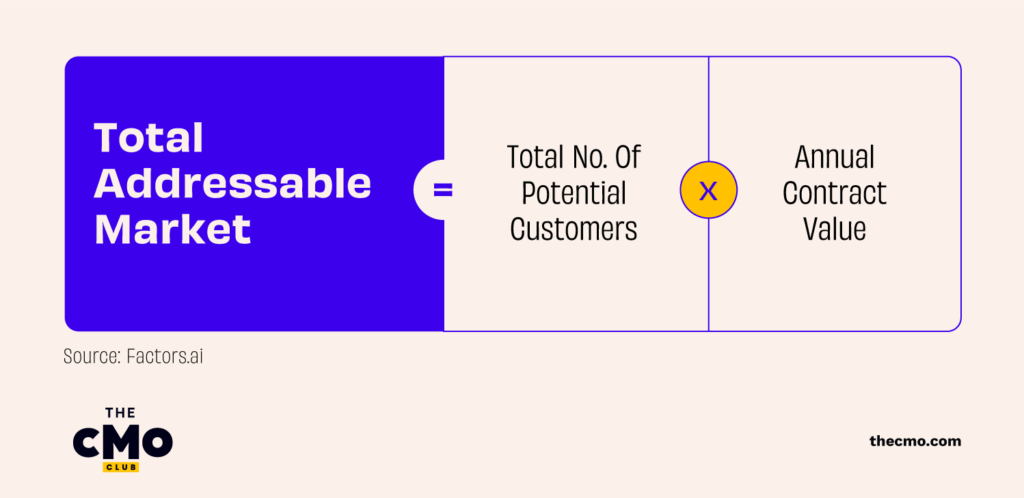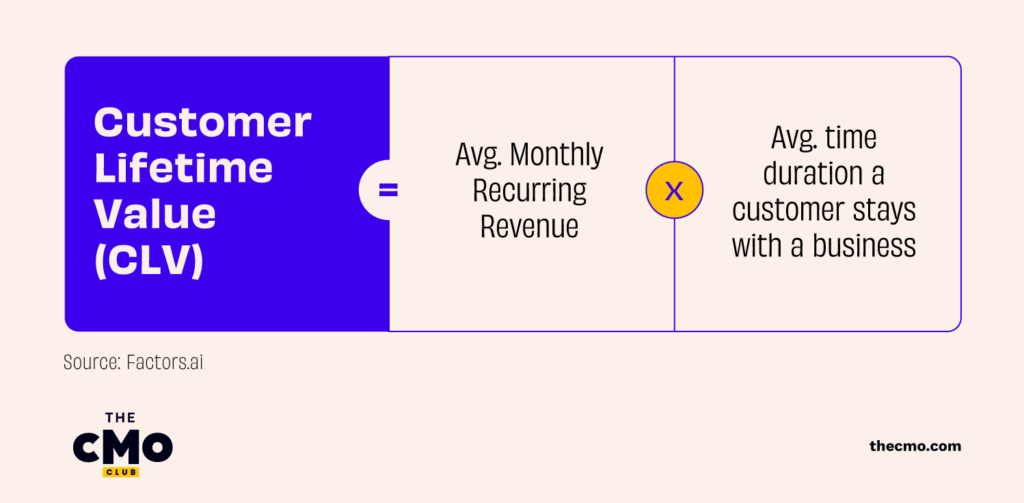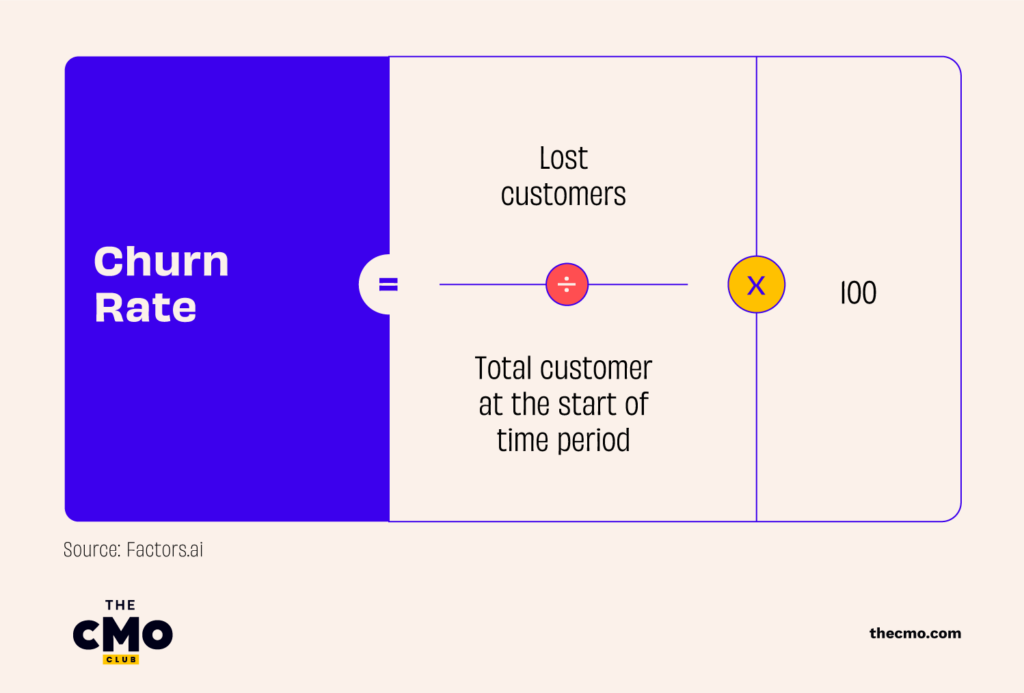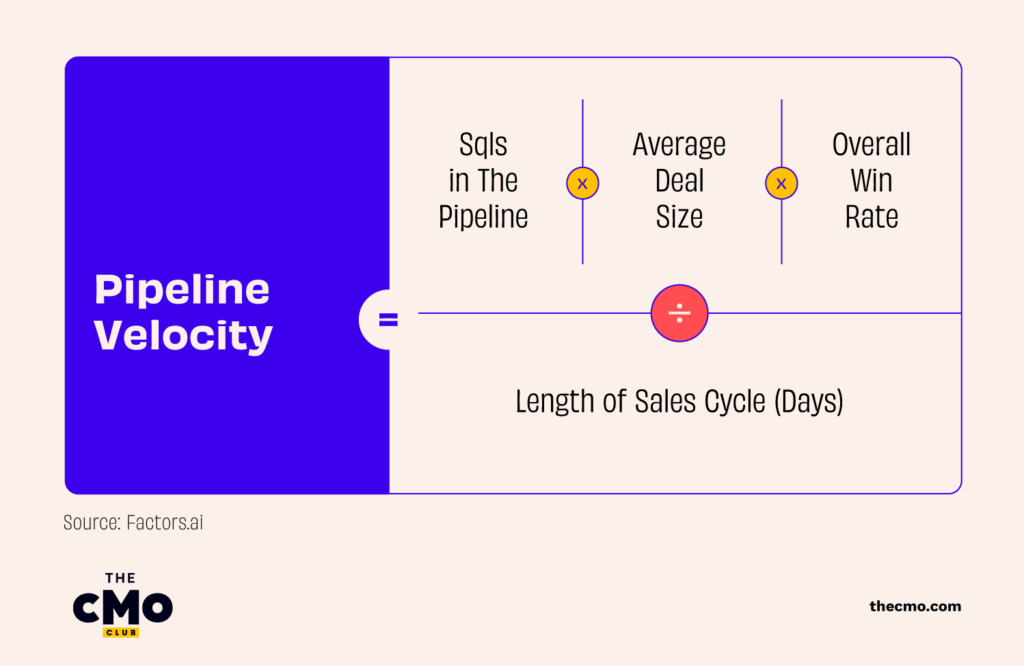Account-Based Marketing (ABM) is emerging as an incredibly strategic and results-driven approach in B2B marketing, focusing on targeting specific high-value accounts rather than casting a wide net. And according to research conducted by the ABM Leadership Alliance and ITSMA, 76% of marketers saw higher ROI with account-based marketing than any other marketing strategy!
Unlike traditional marketing metrics which often measure overall brand visibility and lead generation, ABM metrics are more tailored and personalized to the unique needs of each target account. It’s so good, B2B companies now invest about a third of their marketing budget in ABM, according to ITSMA.
In this ultimate guide, we'll delve into the key metrics that CMOs and marketing executives should track to ensure the success of their ABM campaigns.
How Do ABM Metrics Differ from Regular Marketing Metrics?
ABM takes a personalized approach, tailoring marketing efforts to specific target accounts rather than a broad audience. This requires a shift in the way metrics are measured and analyzed.
While traditional marketing metrics like website traffic and lead volume are still relevant, ABM metrics focus more on account-level engagement and progression through the sales funnel. This tailored approach underscores the importance of specialized ABM software for tracking metrics effectively.
14 Account Based Marketing Metrics To Track ABM Success
1. Total Addressable Market
TAM represents the total number of potential accounts that fit your ideal customer profile (ICP). TAM is typically calculated by identifying all potential accounts that match your ideal customer profile within a defined market segment. This involves market research, segmentation analysis, and data gathering to estimate the total addressable market size.

2. Accounts In-Market
This metric measures the number of target accounts that are actively researching or showing interest in your products or services. Accounts in-market are identified through various signals such as website visits, content downloads, event attendance, and engagement with marketing campaigns.
Tracking tools and analytics platforms can help capture these activities and determine which accounts are currently in-market. This measure indicates the effectiveness of your targeting and messaging.
3. Customer Acquisition Cost (CAC)
CAC calculates the cost of acquiring a new customer. CAC is calculated by dividing the total sales and marketing expenses by the number of new customers acquired within a specific time period. This includes costs related to advertising, lead generation, sales salaries, marketing campaigns, and other acquisition efforts.
As in all other kinds of marketing, it’s important to analyze the cost associated with acquiring specific target accounts, considering the personalized nature of campaigns.

4. Contract Value for Target Accounts
This metric measures the value of contracts or deals closed with target accounts. It helps in assessing the ROI of ABM campaigns and the revenue generated from key accounts.
5. Account Engagement Score
An engagement score evaluates the level of interaction and interest shown by target accounts across various touchpoints. It’s based on a combination of factors such as website visits, email opens, content downloads, event attendance, social media interactions, and other forms of engagement.
Each interaction is assigned a weighted score, and the total score reflects the overall engagement level of the account. It provides insights into account behavior and helps in prioritizing follow-up actions!
6. Account Penetration Rate
Penetration rate measures the percentage of target accounts that have engaged with your content or responded to your outreach efforts. Account penetration rate is calculated by dividing the number of engaged target accounts by the total number of target accounts and multiplying by 100 to get a percentage.
Engagement can include actions such as website visits, email responses, demo requests, or meeting attendance. It indicates the effectiveness of your messaging in capturing the attention of key decision-makers.
7. Account Progression Rate
This metric tracks the movement of target accounts through the ABM funnel to sales, from initial engagement to conversion. Account progression rate is calculated by tracking the percentage of target accounts that advance from one stage of the sales funnel to the next over a specific time period.
This means monitoring key milestones such as lead qualification, opportunity creation, and closed-won deals. Monitoring progression rate helps in identifying bottlenecks and optimizing the buyer's journey.
8. Customer Lifetime Value (CLV)
CLV estimates the total revenue generated from a customer over their entire relationship with your company. CLV is calculated by multiplying the average revenue per customer by the average customer lifespan. Average revenue per customer is determined by dividing the total revenue by the number of customers, while average customer lifespan is the average duration of the customer relationship.

9. Churn Rate
Churn rate measures the percentage of customers or accounts that stop using your products or services within a given period. Churn rate is calculated by dividing the number of lost customers by the total number of customers at the beginning of the period and multiplying by 100 to get a percentage. Tracking churn helps in identifying areas of dissatisfaction and implementing retention strategies.

10. Win Rate/ Conversion Rate
Win rate or conversion rate calculates the percentage of target accounts that successfully convert into customers. Win rate or conversion rate is calculated by dividing the number of closed-won deals by the total number of opportunities or leads and multiplying by 100 to get a percentage. It reflects the effectiveness of your sales and marketing efforts in driving conversions.
11. Average Deal Size
Average deal size assesses the typical value of contracts or deals closed with target accounts. It helps in forecasting revenue and setting realistic sales targets.
12. Sales Cycle Length
Sales cycle length measures the time it takes to convert a target account from initial engagement to close. Analyzing the sales cycle helps in optimizing the efficiency of your sales process and reducing time-to-revenue.
13. Pipeline Velocity
Pipeline velocity evaluates the speed at which opportunities move through the sales pipeline. Pipeline velocity is calculated by dividing the total value of deals in the pipeline by the average sales cycle length. It indicates the health of your sales funnel, helps in predicting future revenue, and the likelihood of achieving revenue targets.

14. Customer Retention
The vital ability to retain existing customers over a specified period, calculated using the retention rate formula. It's complemented by factors such as the Net Promoter Score, reflecting customer loyalty; reputation, indicating brand perception; and the cultivation of strong customer relationships, essential for fostering long-term loyalty and maximizing customer lifetime value.
Tips For Tracking Your ABM Metrics
Tracking ABM metrics effectively is crucial for optimizing campaign performance and achieving desired outcomes. Here are some tips to ensure accurate measurement and analysis of ABM metrics:
- Invest in ABM Software: Utilize specialized ABM software designed to track and analyze metrics specific to account-based marketing campaigns. These tools offer advanced features such as account scoring, engagement tracking, and ROI attribution, providing comprehensive insights into campaign effectiveness.
- Define Clear Goals and Objectives: Align your ABM metrics with specific business goals and objectives to ensure your tracking efforts are focused and meaningful. Establish key performance indicators (KPIs) that reflect the desired outcomes of your ABM campaigns, whether it's increasing pipeline velocity, improving win rates, or maximizing customer lifetime value.
- Select Relevant Metrics: Choose metrics that are most relevant to your ABM objectives and target account profiles. While standard metrics like lead volume and website traffic are still important, prioritize account-level metrics such as engagement score, progression rate, and customer retention to gauge the effectiveness of your personalized campaigns.
- Regularly Monitor and Analyze those Metrics: Establish a cadence for monitoring and analyzing ABM metrics to identify trends, patterns, and areas for improvement. Regularly review performance data to track progress towards goals, identify underperforming accounts, and modernize ABM campaign tactics accordingly.
- Implement Multi-Touch Attribution: ABM campaigns often involve multiple touchpoints across various channels and stages of the buyer's journey. Implement multi-touch attribution models to accurately attribute revenue and conversions to the appropriate marketing efforts. This ensures that you're capturing the full impact of your ABM campaigns on sales and revenue generation.
- Segment Your Data: Segment your ABM data based on different criteria such as industry vertical, company size, geographic location, and buying stage. This allows for more granular analysis and targeting, enabling you to tailor your campaigns to specific segments and optimize performance based on unique characteristics and preferences.
- Collaborate Across Teams: Foster collaboration between sales, marketing, and customer success teams to ensure alignment and synergy in ABM efforts and measurement. Share insights, feedback, and best practices across departments to optimize campaign performance and drive collective success.
- Iterate and Optimize: Use insights from ABM metrics to iterate and optimize your campaigns continuously. Experiment with different messaging, targeting strategies, and tactics to improve results and adapt to evolving market dynamics and customer preferences.
By following these tips and leveraging the right tools and strategies, you and your team will be able to effectively track and measure ABM metrics to drive success and maximize the impact of your account based marketing campaigns!
How Are You Tracking?
By embracing an ABM approach tailored to your ideal customers, you can unlock new levels of engagement, conversion, and customer loyalty. Through monitoring and analyzing the key metrics shared throughout this article, you can fine-tune your strategies, optimize campaign performance, and ultimately achieve your growth objectives.
To learn more about the differences between ABM vs traditional marketing and how you can tailor an approach best suited to your business, be sure to subscribe to The CMO newsletter. You'll get even more insightful and strategic marketing content straight to your inbox.


